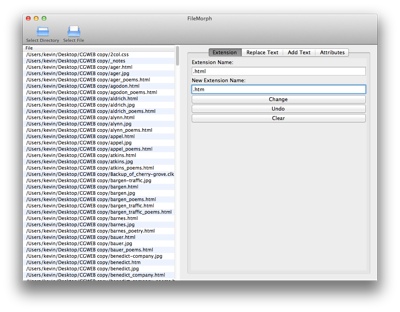NetGear (http://www.netgear.com) has announced four new products for mobile network operators at the 2011 Mobile World Congress (MWC). The company also announced the the MF100H Femtocell, a next generation 3G femtocell with Ethernet LAN.
The new line-up of mobile broadband routers purportedly integrate features from NetGear’s line of wired broadband devices together with the speed and high-performance provided by European 3G and LTE (4G) mobile networks. The four new models all offer either 3G or LTE connection, failover to wired 10/100 Fast Ethernet (FE) WAN, FE LAN & 802.11N WiFi for multiple user sharing. The line-up includes:
° MBR1200: Quadband 3G HSPA+ (21Mbps x 5.76Mbps) with HSPA fallback and failover to wired FE WAN;
° MBR1310: Quadband 3G DC-HSPA+ (42Mbps x 5.7Mbps) with HSPA+/HSPA fallback and failover to wired FE WAN;
° MBR1517: Euro LTE (100Mbps x 50Mbps) with HSPA+/HSPA fallback and failover to wired FE WAN;
° MBR2000: Quadband 3G DC-HSPA+ (42Mbps x 5.7Mbps) with HSPA+/HSPA fallback and failover to ADSL2+
All of the new mobile broadband routers are designed for residential and business customers. These devices can be located in city or rural locations using the internal high gain antenna or optional external antenna for poor signal areas. Auto failover from wired to mobile broadband enables operators to deliver service level agreements (SLAs) to business customers where the cost of network outages is high.
As a new addition to the mobile portfolio, the MF100H complements the current NetGear broadband gateway and router lineup widely used by Cable TV Multiple Systems Operators (MSOs) and Telco broadband service providers for residential and business customers.
“Femtocells are just now getting to the other side of the technology chasm,” says Michael Clegg, vice president and general manager, Service Provider Business Unit, NetGear. “Today, these nascent devices appear in tiny deployments when measured against the billions of residences and businesses worldwide where they will ultimately be deployed. After three years in the market, femtocells are now poised for widespread adoption thanks to industry advances in interoperability and reduced deployment costs.”
Interoperability of the MF100H femtocell with Nokia Siemens Networks mobile network infrastructure products is planned for near term completion. With the recent explosion in mobile data traffic, femtocells are ideal solutions for mobile operators that are under pressure to improve the performance of their customers’ mobile experience, Clegg says.
The small cell radius achieved by femtocells delivers a traffic carrying capacity gain in the range of three orders of magnitude (1000x) similar to WiFi. This enables operators to use their licensed spectrum to smartly serve mobile consumers. In turn femtocells become a key enabler to reduce network load, improve customer experience and add new revenue streams, says Clegg.
Pricing hasn’t been announced for any of the products.




